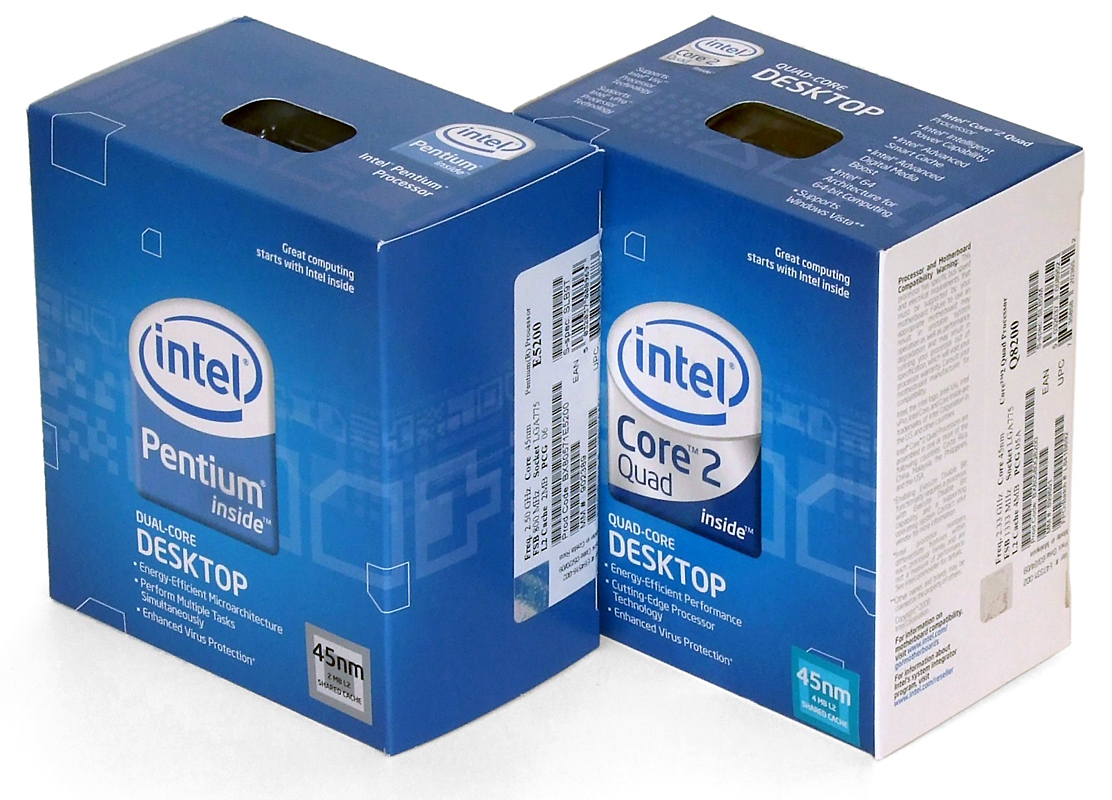Guide: Overclocking AMD And Intel CPUs On A Budget
Getting Started, The Hardware
Continually-falling DDR3 prices are allowing the memory technology to displace DDR2 in mainstream-performance builds. And with the future of DDR2 desktop memory drawing short, we selected two DDR3 motherboards from MSI to support our chosen AMD and Intel processors.


Picked for its best-in-class HT clock speed capability, MSI’s 790FX-GD70 should provide optimal results for our Socket AM3 overclocking tests. Choosing the standout motherboard from previous reviews allows us to set a high goal for owners of less-expensive motherboards to attempt using the same processor models.
Our budget limit for dual-core and quad-core processors was $125 and $250, respectively. AMD sent its Phenom II X4 955 Black Edition ($245 retail value) and Phenom II X2 550 Black Edition ($100 retail value) for today’s overclocking guide. Black Edition processors are special from other Athlons and Phenoms in their ability to manipulate the clock multiplier upward, allowing high overclocks to be achieved at or near the processor’s original 200 MHz HyperTransport reference clock.
We requested MSI’s top P45-chipset motherboard to maintain fairness between processor brands, and the firm responded with its P45 Diamond.


A higher average price gets buyers fewer graphics card slots. MSI makes up for the value loss with added features, such as a PCIe audio card and a chipset water block with copper line adapter kit.
Nobody said we had to spend our entire budget on processors. Focusing on the value segment brought us to the $70 dual-core Pentium E5200 for its high CPU to front side bus multiplier and good overclocking reputation, and the $160 Core 2 Quad Q8200 for its reasonable cost.
Intel doesn’t produce a 45 nm desktop quad-core with anything less than FSB-1333, and each model up gets us a slightly higher (0.5x) CPU multiplier at a noticeably higher price. Like AMD’s Black Edition, Intel also offers Extreme Edition processors with CPU multipliers that can be manipulated upwards, but Intel charges so much more for this feature that we couldn’t possibly consider any of these for use in a value-oriented overclocking guide.
Get Tom's Hardware's best news and in-depth reviews, straight to your inbox.
Current page: Getting Started, The Hardware
Prev Page Understanding The Lingo Next Page Keeping It Cool

